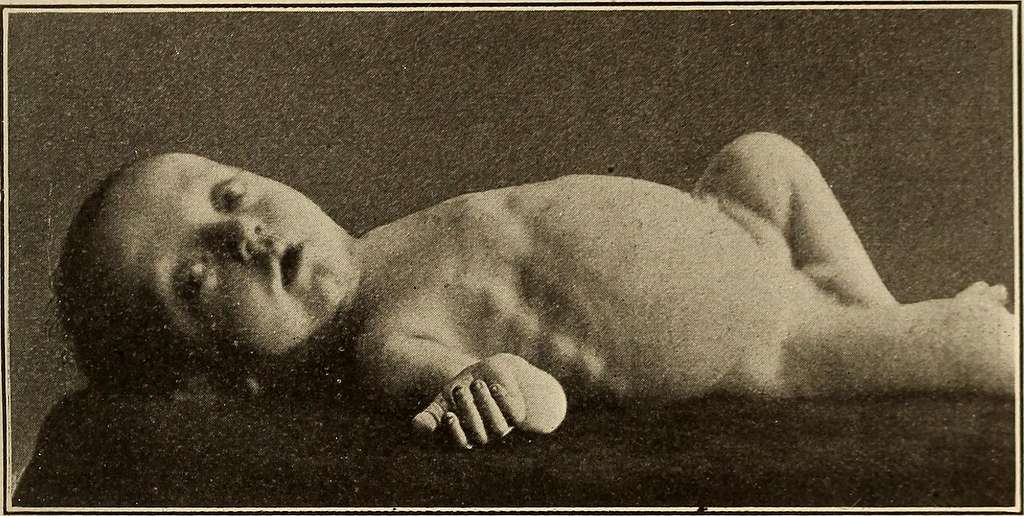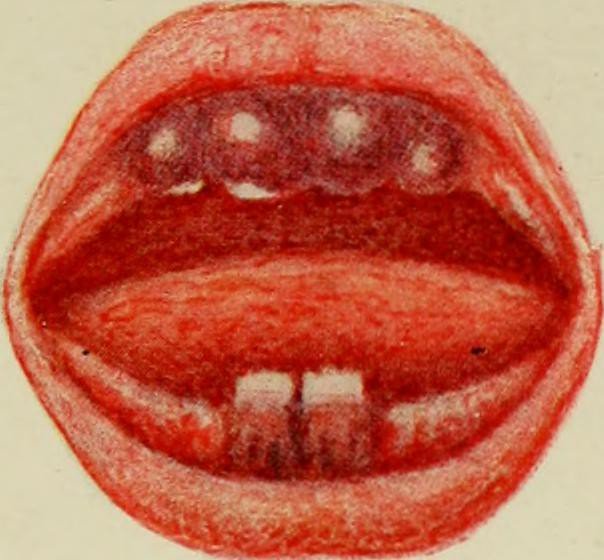There was a time when a lot of diseases affected us but over time, we were able to find cure and solutions to a lot of them making them almost impossible to reoccur and many recent medical practitioners not having any form of experience about them except for theory. Such is the case that was published April 7, 2016 in The New England Journal of Medicine.
A mother brought in a 21/2 year old boy into the hospital after noticing that he was limping for about a weak and has not been able to carry his weight on his right leg for about 6 weeks prior to when he was brought to the hospital. The boy didn't suffer from any form of trauma but was coughing and had a temperature. The baby was a picky eater and he was experiencing speech delay.

With this, doctors immediately swung to action doing an X-ray of the right leg where it showed that the boy had a possible fibular fracture. The orthopedic surgeon requested that another imaging was taken after a while of inactivity with the leg. This child's inability to bear his weight could be as a result of an infection, malignant growth, inflammation, and neuromuscular conditions.
The mother and child returned home but 4 weeks later things became worse as the left legs could no longer hold his weight. He was forced to begin crawling instead of walking. It became worse when she tried to feed him and she noticed that he bled easily from his gum that were swollen. This brings up possible sign of a cancer (that of the blood leukemia) as it can cause overgrowth of the gum as well as reduce platelet causing the boy the bleed. It could also be as a result of bleeding disorder.
He was rushed back to the hospital and this time, he was suffering from serious pain in both legs. He was agitated, and doctors had to do another screening of the legs. This time, a CT scan of the legs were done and no fracture was seen but lab works began to bring to light the severity of the case at hand as the result came back with Low hemoglobin level of 9.5 g/dl (normal - 11.0 and 13.5 g/dl), low mean corpuscular volume and low percent transferrin saturation.

After the lab work was done, a peripheral blood smear was done and result showed that his red blood cells were smaller and paler than normal so doctors could also suspect nonaccidental trauma, iron deficiency, or poison such as lead poisoning and possibly anemia as a result of chronic disease. When it comes to iron deficiency anemia in babies and toddlers, it can be as a result of drinking too much cow milk or limited intake of food rich in iron.
An MRI of the boy's head and spine was done and it came back normal so it gave reasons for the doctors to believe that it might be as a result of the autoimmune condition known as Guillain-Barre syndrome where the immune system attacks the peripheral nervous system but to confirm this, a lumber puncture needed to be performed. The result came back and the number of white blood cells were normal, the glucose level were normal, the protein levels in the spinal fluid were normal. So Guillain-Barre syndromewas ruled out from the list.
Soon the boy developed a rash and was transferred to another hospital for continuous treatment. The rashes were pinpointed with bleeding spots and his gum swelled more. He was experiencing pain in both legs and so had to keep them in a frog-like position. Blood testing was done for rheumatologic conditions which could be associated with nutrition or blood-vessel inflammation. The result came with inflammatory markers being normal, vitamin D and B12 levels normal, heavy metal screening negative.

The previous scan of the legs were checked again and the radiologist noted the lucent metaphyseal bands in the femur. This is common in children but it can also be as a result of nutritional deficiency and leukemia but with bone marrow biopsy result being normal, leukemia was ruled out. MRI of the knee showed a periosteal elevation which is common in children with severe nutritional deficiencies.
Upon questioning the mother to get the child's diet history, it was seen that thee diet of the child consisted majorly of chocolate milk and crackers. When the nutritional information of the foods were checked, it was seen that they lack certain vitamins especially vitamin C. Test for vitamin C returned low with less than 0.1 mg/dl while the normal range is 0.6 and 2.0 mg/dl.
Doctors gave supplementary ascorbic acid at 100 mg 3 times daily orally for the next one week and his gums began to heal up and improve with his leg movement improve properly. A case of scurvy was diagnosed and treated but for his speech delay and eating habit, doctors refered him to a behavioral specialist as a result of possible autism spectrum.
Post Reference
https://www.nejm.org/doi/full/10.1056/NEJMcps1407520
https://www.nhs.uk/conditions/scurvy/
https://www.ncbi.nlm.nih.gov/books/NBK493187/
https://pmc.ncbi.nlm.nih.gov/articles/PMC5234236/
https://www.hematology.org/education/patients/blood-cancers/leukemia
https://www.ninds.nih.gov/health-information/disorders/guillain-barre-syndrome
https://www.cdc.gov/campylobacter/signs-symptoms/guillain-barre-syndrome.html
Image Reference
Image 1 || Picryl || Diseases of infancy and childhood
Image 2 || Flickr || The diseases of infants and children
Image 3 || Flickr || The medical diseases of children
